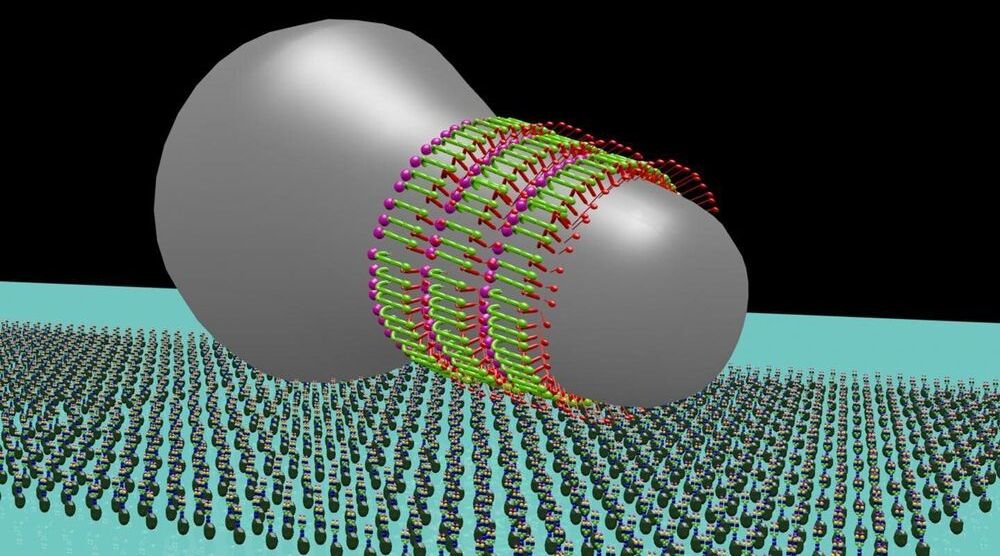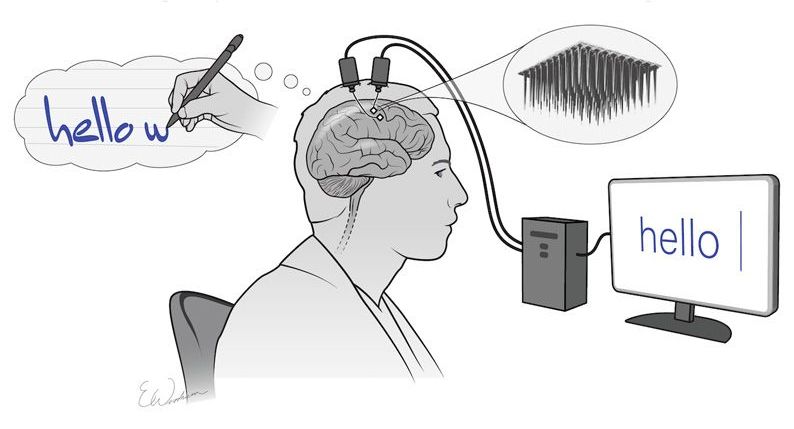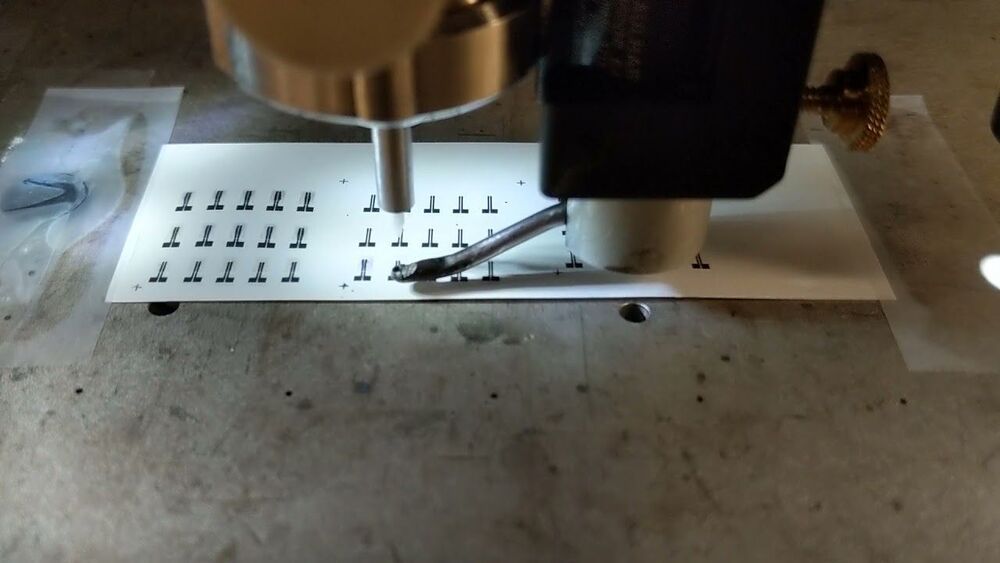May 30, 2021
U-Smell-It honored in global $6M XPRIZE Rapid Covid Testing Competition
Posted by Alan DeRossett in categories: biotech/medical, innovation
An XPRIZE Rapid COVID test from U smell it honored Scratch n Sniff can detect COVID-19 by Smell.
Guilford, CT, USA; U-Smell-It™ LLC, a Guilford-based company specializing in innovative COVID detection techniques, has announced that it has won the $6M XPRIZE Rapid Covid Testing, a global effort to develop breakthrough COVID testing methods.
XPRIZE Rapid COVID Testing is a $6 million dollar, 6-month competition to develop faster, cheaper, and easier to use COVID-19 testing methods at scale.
Continue reading “U-Smell-It honored in global $6M XPRIZE Rapid Covid Testing Competition” »

















